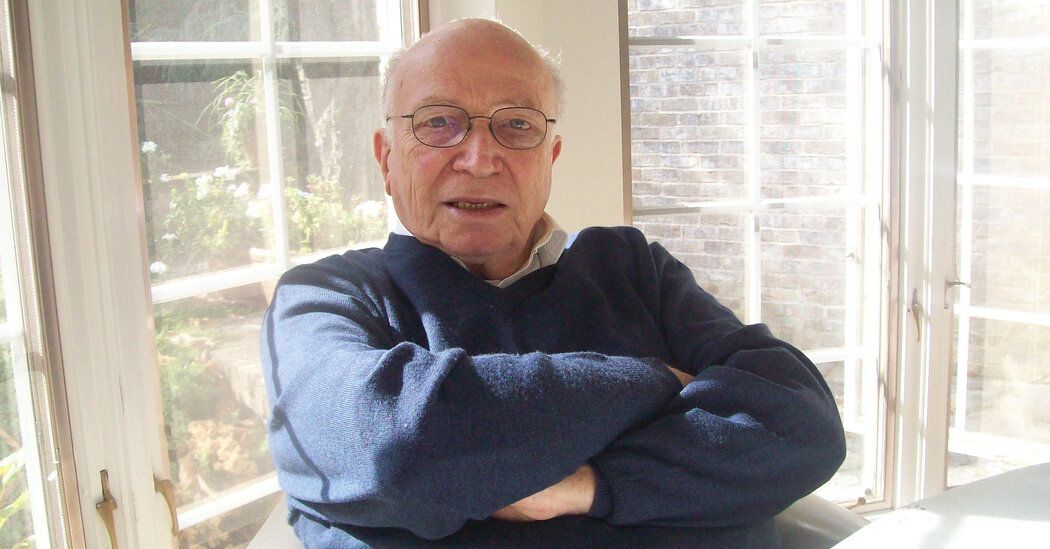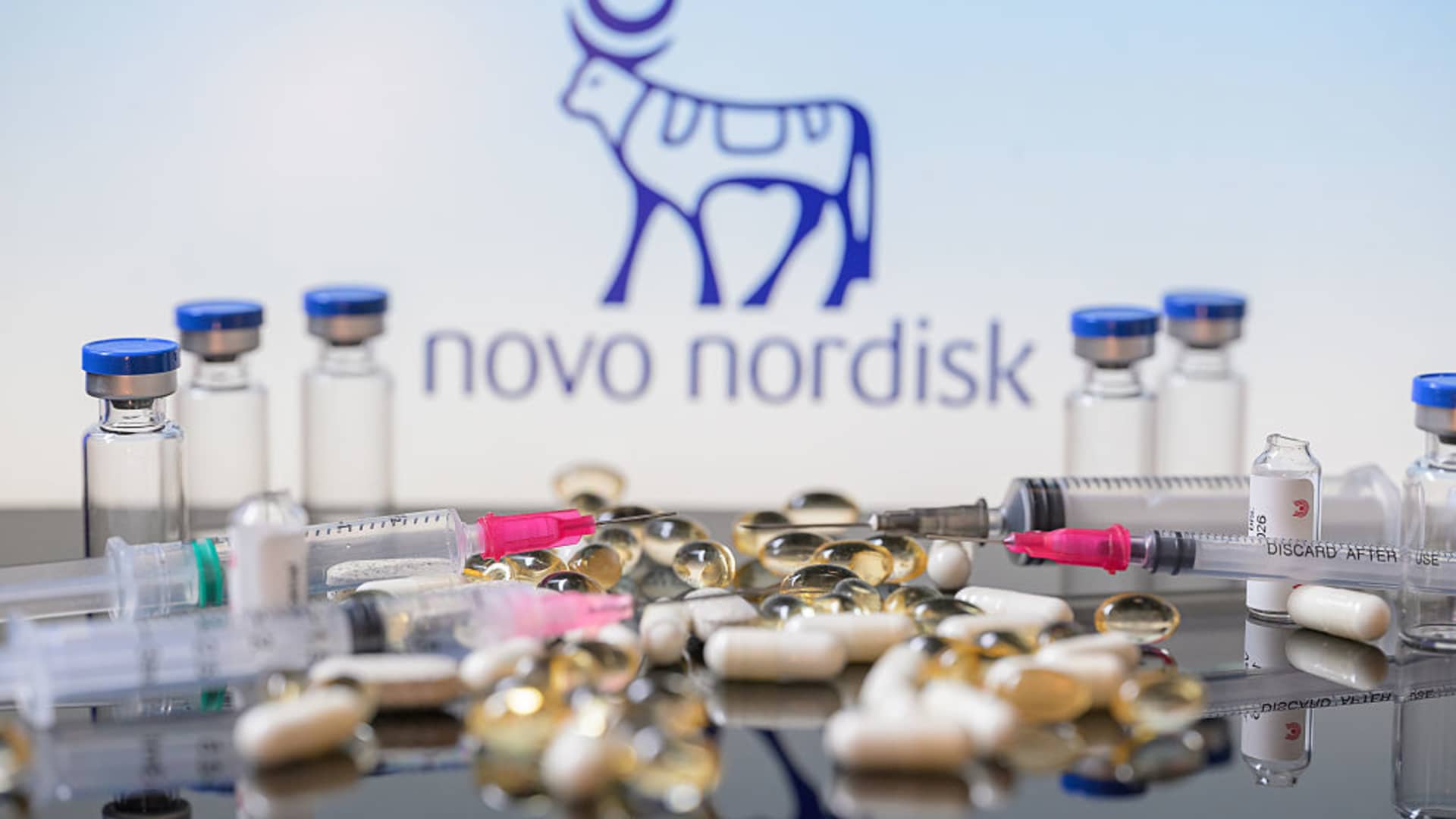Berish Strauch, a plastic surgeon whose pioneering procedures and devices for reattaching or replacing vital body parts included one of the first toe-to-thumb transplants, a device to reverse vasectomies, and, perhaps most notably, the first prosthetic leg. inflatable penis, died in December. .24 in Greenwich, Connecticut. He was 90.
His daughter, Laurie Strauch Weiss, said the cause of his death, at a hospital, was respiratory failure.
Beginning in the late 1960s, Dr. Strauch was at the forefront of a revolution in plastic surgery, particularly microsurgery, in which doctors use microscopes and precision instruments to sew up tiny blood vessels, nerves and ligaments, some thinner than a human hair. said Dr. June K. Wu, an associate professor of surgery at Columbia University who completed her residency with Dr. Strauch.
As longtime chief of reconstructive surgery at Montefiore Medical Center in the Bronx, Dr. Strauch devised many of the surgical procedures and technologies now considered commonplace. Among other accomplishments, he pioneered techniques to remove excess skin from patients who had lost significant amounts of weight through bariatric surgery, a type of extreme abdominoplasty.
After a New York City firefighter lost his thumb in 1976, Dr. Strauch attempted to reattach it. When that proved impossible, he suggested something more radical: take one of the man's big toes and sew it together in place of the amputated toe.
Not only did the surgery work, but after a few months the firefighter returned to work.
“I do not recommend a transplant to a person who has lost a finger,” he told the Midnight newspaper in 1976. “A thumb, yes, because the opposable thumb is what differentiates us from the beasts.”
Dr. Strauch was one of the first modern surgeons to use leeches to help control blood flow after surgery and remove necrotic tissue, an apparently medieval technique that he said could not be improved by human innovation.
“If you were to design an instrument for drawing blood,” he told the New York Times in 1987, “you couldn't design one that was more suitable than the biblical leech.”
He left an especially deep mark on the field of urology. He created the so-called Strauch clamp, a device used to help reverse vasectomies. And perhaps in his most notable innovation, but no less important, he invented the first inflatable penile prosthesis.
Artificial penises have been used for centuries, whether as replacements for detached limbs, as a treatment for erectile dysfunction, or for use in sex reassignment surgeries. But in most cases they were either permanently flaccid or permanently erect, which was not a particularly satisfactory arrangement for anyone involved.
Dr. Strauch devised a penile prosthesis that was attached by a tube to a fluid reservoir implanted inside the body. When the patient wanted an erection, he could activate a pump to fill the prosthesis (although to reverse it, he would have to manually return the liquid to the reservoir).
He received a patent for his invention in 1973, after which he sold it to a company called American Medical Systems. One of the company's founders, F. Brantley Scott, further developed the product and it has since received most of the credit in the annals of medical history.
Berish Strauch was born September 19, 1933 in the Bronx, son of Herman and Anna (Weiss) Strauch. His father made men's suits in Manhattan's textile district; His mother was a milliner.
As a child, Berish, who called himself Bob in informal situations, accompanied his parents to work. He later said that watching them wield scissors and knives for hours inspired his interest in surgery.
He attended the Bronx High School of Science and graduated from Columbia, where he studied pre-med, in 1955 and from its medical school in 1959. After fellowships at Roosevelt Hospital in New York and Stanford Hospital in Palo Alto, California, he returned to the Bronx to join the staff at Montefiore. He became chief of plastic surgery there in 1978.
When Montefiore elevated the division of plastic and reconstructive surgery to a full department in 1987, Dr. Strauch became its president, a position he held until his retirement in 2007.
Dr. Strauch married Rena Feuerstein in 1955. She died just eight weeks before him. Along with his daughter, she is survived by his son, Robert, a prominent hand surgeon; seven grandchildren; and his sister, Renee Freed. The Strauchs lived in Rye, New York.
Although he never sought attention, Dr. Strauch played a minor but important role in one of the biggest tabloid stories of the 1990s.
In 1992, Amy Fisher, a Long Island teenager, shot a woman named Mary Jo Buttafuoco in the side of the head after Mrs. Buttafuoco confronted her about Mrs. Fisher's affair with Mrs. Buttafuoco's husband. Joey.
Mrs Buttafuoco survived, but suffered severe facial damage, including partial paralysis. Upon learning of her case, Dr. Strauch approached her attorney and offered to help.
“This is one of the most fruitful areas of medicine,” he told Newsday in 1992. “In the last 20 years there has been a completely new level of knowledge.”
He performed extensive surgery on Mrs Buttafuoco in early 1993, returning most of her face to normal, although it was too late to reverse significant nerve damage.
“She will still have some elements of paralysis, mainly of the lower lip,” he told Newsday after the surgery. “But she is a beautiful lady and she will look great.”












